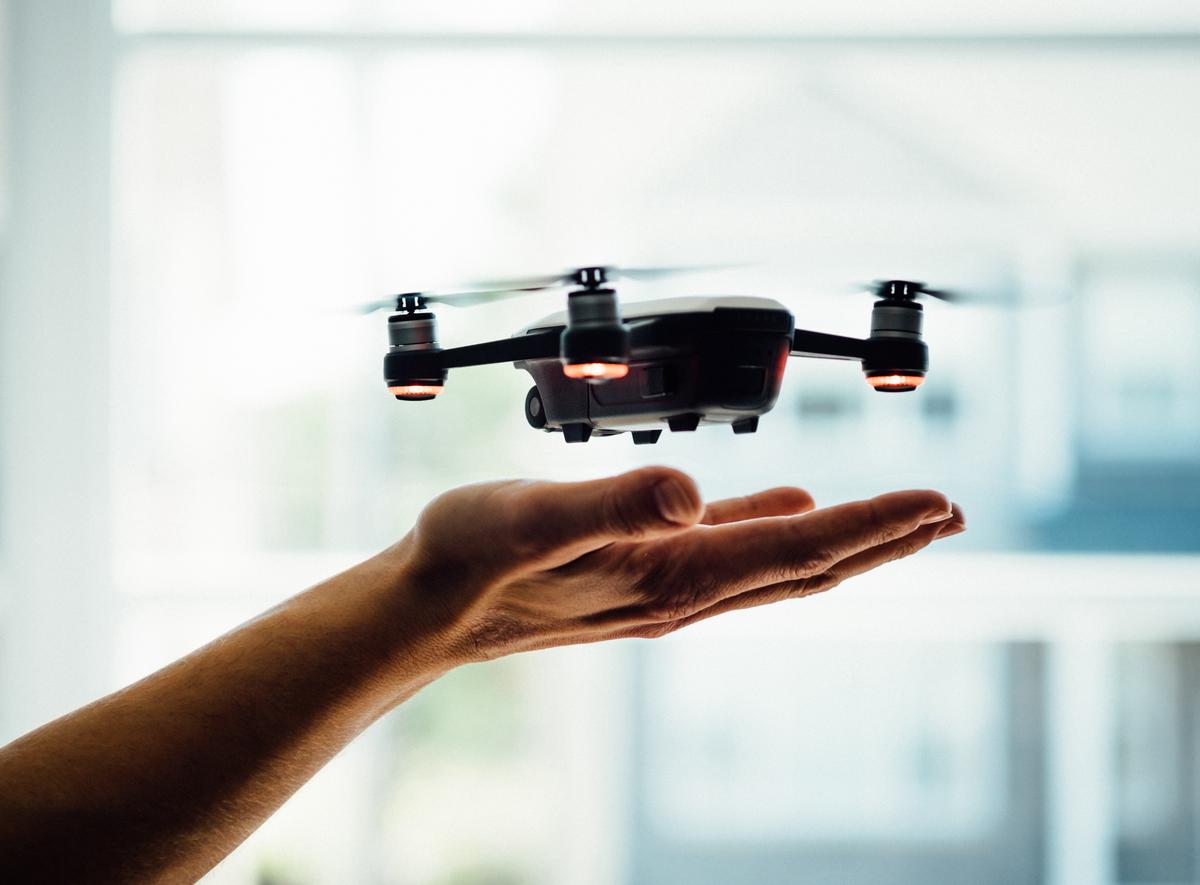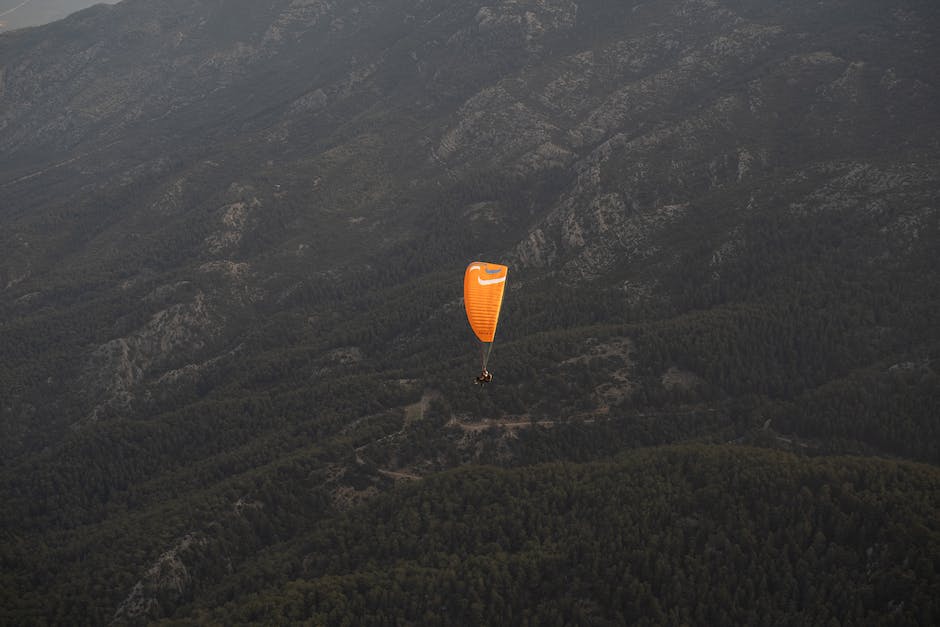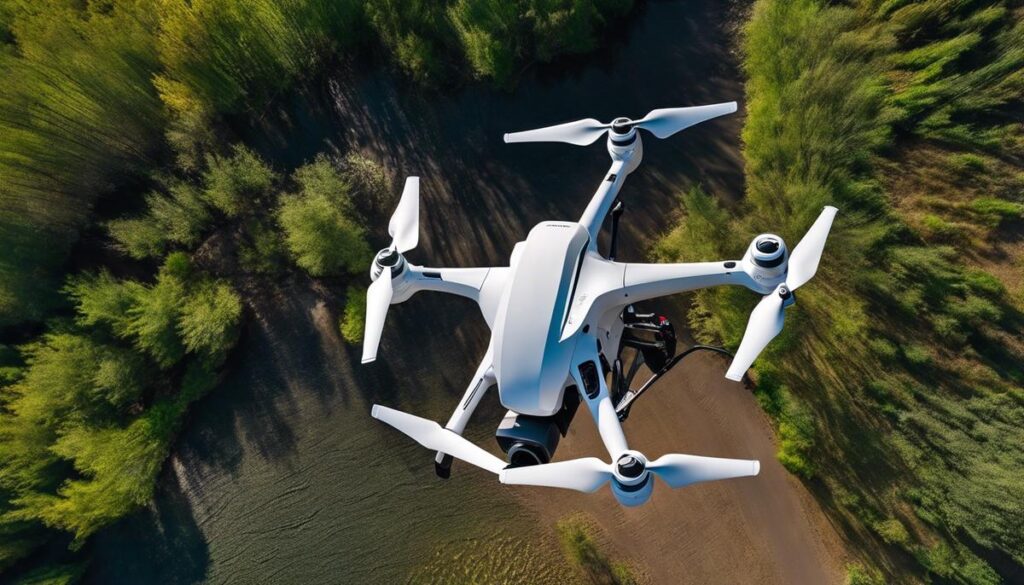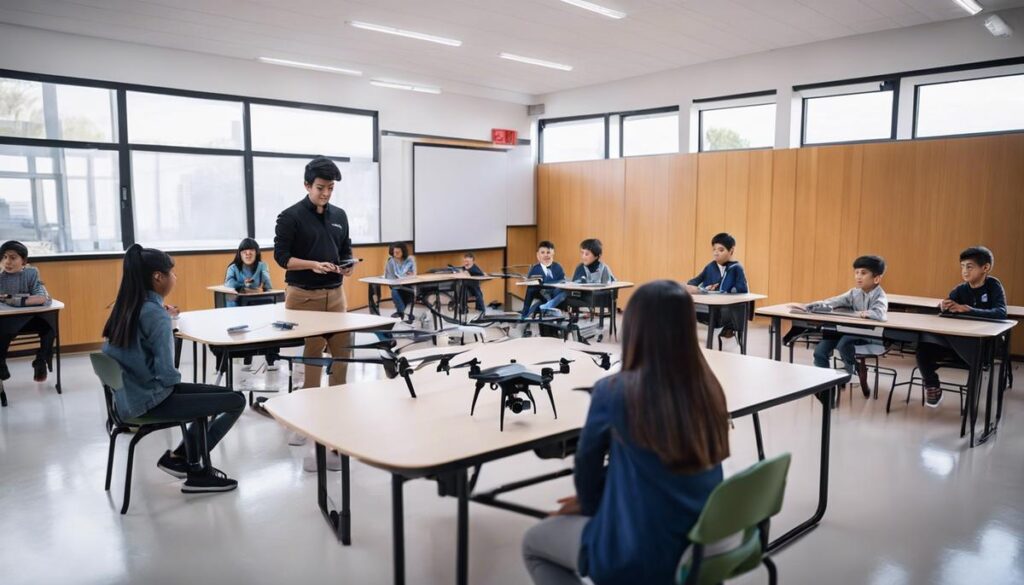The thrill of piloting an FPV drone that sails across vast expanses, connecting sky and horizon, is an experience unparalleled in the world of aerial hobbyists. Long range FPV drones capture this essence by pushing the boundaries of distance and offering pilots a taste of true adventure. But to embark on such a journey, one must understand the intricacies of the craft. In the realm of long range FPV, every component plays a pivotal role in shaping the flight experience. From the precision of long-range transmitters and receivers to the critical function of antennas with adequate gain, all gear must be meticulously selected to withstand the demands of extended flight. Flight controllers equipped with GPS, alongside high-capacity batteries, become the heart and soul of these sophisticated machines. This article invites enthusiasts to delve into the world of long range FPV drones, providing insights into the essential components, regulations, and evolving technological landscapes that shape this captivating pastime.
Essential Components for Long Range FPV
FPV Drone Flying: The Gear List You Need to Soar High!
When you plunge into the world of First-Person View (FPV) drones, you’re not just picking up a hobby; you’re stepping into the cockpit of a thrilling adventure. Imagine soaring through the skies, dipping and diving with the birds, all from a drone’s-eye view. It’s not just about the drone; it’s about the full experience. Here’s the gear you’ll need to truly go the distance with your FPV drone flying.
- The Drone: Sure, this one’s a no-brainer, but picking the right drone can make a world of difference. For beginners, a ready-to-fly (RTF) kit can be a great start. It’s got everything you need to get airborne. For the more experienced, building a drone from scratch can match your preference to performance.
- The Controller: You need a reliable transmitter, a fancy name for “controller”, that fits comfortably in your hands. Look for one with good range and response time. Remember, your controller is your drone’s best friend – treat it well.
- FPV Goggles: This is where the magic happens. FPV goggles let you see what your drone sees in real-time! You’ll want goggles with a clear picture and a comfortable fit. Some even record footage so you can relive your flights after you’ve landed.
- Batteries and Charger: FPV drones are energy hungry. Have a set of powerful batteries and a fast charger handy to keep you in the air longer. Safety tip: learn how to handle and store your batteries properly to avoid accidents.
- Propellers: It’s not “if” you’ll crash, but “when.” Always keep extra propellers on hand. They can make or break your flying session. Plus, different prop designs can change how your drone flies.
- Camera: If your drone doesn’t come with one, you’ll need a good camera. A high quality FPV camera can make a dramatic difference in your flying experience, especially when shooting those breathtaking views.
- Antennas: Good antennas on both your goggles and drone will boost your signal strength and reduce interference. It’s like getting the best possible reception on your favorite TV channel.
- Tools and Spare Parts: Drones need tune-ups too. A basic tool kit for repairs and essential spare parts (like motors and flight controllers) will save the day.
- Protective Case: A sturdy case will protect your drone and accessories while you’re on the move. It’s better to be safe than sorry when transporting your gear.
Remember, while starting out can be as simple as getting an RTF drone and some basic gear, growing in FPV drone flying means investing in better equipment over time. The right gear enhances the experience and helps you navigate this electrifying hobby with confidence and fun.
So gear up, get out there, and let the sky be the beginning of your FPV adventure!

Understanding FPV Drone Regulations
Understanding Long Range FPV Flight Regulations: Navigating the Skies Legally
Soaring through the skies with a long range FPV (First Person View) drone gives one an exhilarating sense of freedom. But as responsible hobbyists, it’s crucial to know that this freedom comes with a set of rules and regulations that impact how and where these flights can occur. Now, let’s explore the regulatory framework that surrounds long-range FPV drone flying, ensuring that every flight is not just thrilling but also within the legal boundaries.
Safety First: No-Fly Zones and Airspace Restrictions
There are zones where drones are outright prohibited or need special permission to operate. This includes areas near airports, military bases, or national parks. Flying here without clearance could lead to heavy fines or more serious consequences. Check local regulations and use drone apps to stay away from no-fly zones.
Know Your Altitude: Height Limits Matter
The FAA has established a general altitude limit of 400 feet for recreational drone flight, aiming to prevent conflicts with manned aircraft. Sticking within this altitude is crucial for the safety of all airspace users. Sheer altitude isn’t the thrill; it’s the journey there that’s exhilarating.
Registration and Identification
For drones weighing more than 0.55 pounds, registration with the FAA is a must. It’s a simple process that tags the drone to its operator, ensuring accountability. This way, if the drone takes an unexpected detour, authorities know who to contact.
Staying in the Loop: Line of Sight Requirement
Even when the FPV system feels like one’s in the cockpit, Federal regulations require the drone to be within the visual line of sight at all times. This means one person may have to spot while the other operates the controls, maintaining visual contact with the drone.
Fly Smart, Fly Safe: Community-Based Guidelines
By following guidelines set by community-based organizations like the Academy of Model Aeronautics (AMA), operators become part of a network advocating for the hobby and its best practices. These organizations often offer additional resources, such as insurance, in case something goes awry.
Data Privacy Concerns
Remember that while capturing breathtaking panoramas, drones could inadvertently record private property or individuals without their consent. It’s important to respect privacy laws and be mindful of what the camera is pointing at during those high-flying adventures.
Beyond the Horizon: The Future of FPV and Regulations
It’s a dynamic time for drone enthusiasts. As the technology zooms ahead, regulations will inevitably evolve. Staying updated with the latest regulatory changes is part of the hobby, just like tinkering with gear or mastering flight patterns.
To conclude, regulations might seem like a maze at first, but they’re in place to keep the skies friendly and safe. With a solid understanding of the rules, one can focus on the joy of FPV flying—discovering new vistas, honing piloting skills, and becoming part of an ever-growing community of drone aficionados. Happy and legal flying!

Safety and Ethical Considerations
Navigating the Skies Responsibly: Safety and Ethics in Long Range FPV Drone Flying
As enthusiasts steer their long range FPV (First Person View) drones across the horizon, they’re not just experiencing the thrill of flight but also shouldering great responsibility. Ensuring safety and adhering to ethical practices in FPV drone flying isn’t just considerate – it’s absolutely crucial. Let’s dive into why these elements are non-negotiable for every drone pilot.
Every flight starts with awareness of no-fly zones and airspace restrictions. It’s not about limiting the fun; it’s about preventing potential mishaps with manned aircraft and respecting boundaries around sensitive areas like airports and government facilities. Straying into restricted zones can spell serious trouble, not just legally, but for the safety of many.
Height limits are not suggestions – they’re rules. Abiding by the recreational drone flight ceiling is a key safety practice. Altitude caps serve to avoid conflicts with larger, crewed aircraft and maintain a safe flying environment for everyone in the skies.
Even for small drones, registration and identification are a big deal. They’re like a vehicle’s license plate; they allow authorities to trace a UAV (Unmanned Aerial Vehicle) back to its pilot if necessary. Observing these regulations facilitates accountability and keeps the flying community in good standing.
Even in the tech-infused world of FPV, drones should remain within visual line of sight. It may sound old-fashioned, but it’s all about maintaining control and being able to quickly respond should technology fail. Plus, it’s the law, and following it prevents accidents that could mar the reputation of drone piloting as a whole.
Remember, every pilot is part of a larger community, and that community thrives on shared knowledge and guidelines. Turning to resources and following community-based standards helps pilots learn from one another and uphold the integrity of the hobby.
In a world where data privacy is a hot topic, drone pilots must be mindful of where and how they capture footage. Not everyone wants to be on camera, and snooping can quickly turn a fun hobby into a privacy violation. Ethical pilots respect people’s rights and fly with consideration.
Lastly, as regulations are evolving with the technology, being informed about the future of FPV flight rules is vital. Laws may change, but a pilot’s commitment to safety and ethics is a constant that ensures this high-flying hobby can be enjoyed well into the future.
Understanding and practicing these safety and ethical principles ensures that the skies remain friendly for everyone. Keeping a drone and its impacts under control doesn’t only safeguard the physical world, it also protects the spirit of freedom and innovation that makes long range FPV drone flying so endlessly captivating. Fly responsible, fly ethical, and keep propelling the hobby forward!

Advancement in Long Range FPV Technology
Welcome back fellow FPV enthusiasts! Let’s dive into the latest and greatest in long range FPV technology.
Have you heard about the new Digital Video Transmission systems? They’re a real game-changer for clarity and range. Unlike traditional analog systems, digital transmits clearer images and gives you a much more detailed view of what your drone sees. Even better, digital systems are getting more affordable and accessible to hobbyists.
Smartphone integration is another hot topic. Some cutting-edge drones can now beam down live footage directly to your phone or tablet. This is handy for those who don’t want to lug around extra equipment. Plus, with some apps, you get additional features like flight data and even augmented reality overlays!
Then there’s the buzz about adaptive frequency hopping. It’s not the latest boy band, but a way for your FPV signal to stay strong. This technology can automatically switch frequencies to avoid interference, meaning you get a smoother, more reliable flight.
Battery tech is also soaring to new heights. Lithium polymer batteries are getting better at holding more power without being bulky. This means longer flights on a single charge, so you can really explore the skies without sweating about your drone suddenly needing a nap.
GPS advancements in drones can’t be overlooked. Now, return-to-home and waypoint navigation are super precise, making it much easier for you to focus on the awesome aerial footage instead of worrying about getting your drone back safely.
When it comes to the frames, carbon fiber is the buzzword. It’s light, super durable, and now more widely used in drone frames, meaning your long-range FPV drone can handle a bit of rough and tumble without breaking a sweat.
Lastly, let’s talk about social flying. With new tools and platforms, it’s never been easier to share your flights, tips, and tricks with the FPV community. This digital camaraderie not only fuels our passion but speeds up how quickly we all learn and improve.
With these innovations, it’s an exciting time to be part of the long range FPV community. Keep flying high, and stay tuned for the next tech that’ll take our hobby to even greater heights!

Mastering the art of long range FPV drone flight is a journey of continuous learning and adaptation. As we have explored, it involves much more than technical prowess; it encompasses an understanding of regulatory landscapes, a dedication to safety and ethical practices, and an embrace of technological evolution. Pilots who venture into the vast unknown with their drones contribute to a future where the horizons of possibility are ever-expanding. It is through their collective experiences, shared knowledge, and respect for the craft that the community thrives. Whether you’re surveying breathtaking landscapes from afar or capturing moments in time from a bird’s-eye view, the world of long range FPV drone flight invites you to push the limits and experience the freedom of the skies like never before.




